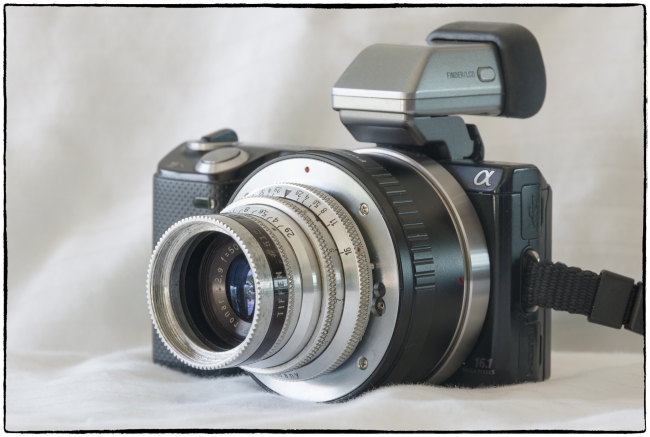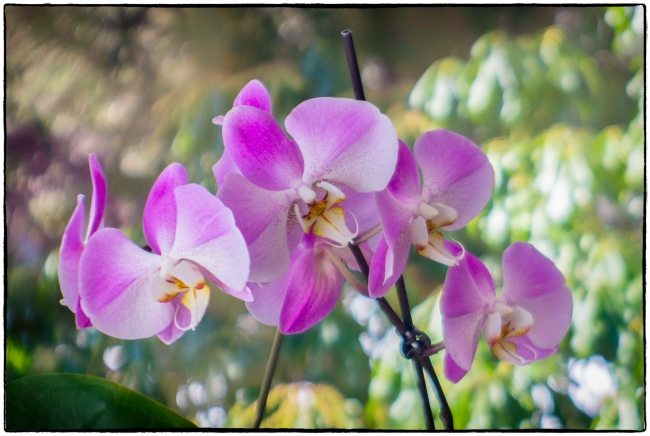Four or five months ago I bought a lot of four cameras for what seemed to me to be a very attractive price. I only really wanted one of them (A contax S/D/Hexacon with Carl Zeiss Jena 50mm f2.8 Tessar) and didn’t really care about the other three, including an Agfa Super Silette, which is a total write off – bits missing, everything completely frozen etc.; An Ansco Speedex Standard, which looks great (and will make a nice display piece of nothing else) and may work (I haven’t checked out and at this point don’t really know how it’s supposed to work); and an Ihagee Exa, which appears to work and which came with a Ludwig 50mm f2.9 Peronar.
I’d never heard of this lens, but after a bit of searching I was able to discover the it’s apparently the export version of the almost universally maligned Meritar. According to the German Photo but More site:
On the other hand, in the first production years, some Exa cameras for the US market were delivered with a special version “Peronar 1: 2.9 f = 50mm”. The Peronar is a version similar to the Meritar.
The same site describes it as being made between 1951 and 1953. As you can see from the picture it’s very small and focuses down to about 2.3 feet. I already had a Exacta mount-Sony NEX adapter and the lens is so small that the adapter is bigger than the lens is. It’s made of aluminum and unfortunately its size requires that the aperture and focus rings be placed close together, making it easy to confuse one with the other. It’s quite a low contrast lens and was difficult to focus on the NEX. The usual NEX focusing aids (focus peaking and focus magnification) didn’t seem to work well. These two factors (aperture and focus rings close together and difficulty focusing) made the lens hard to use. I would set the aperture and then, with some difficulty, focus the lens. Then I’d decide that I needed a different aperture and try to set it only to find that I’d inadvertently touched the wrong ring and thrown the focus off. So I had to start again. Very annoying.
It’s a Cooke triplet design scheme with three elements in three groups. When wide open, it’s quite soft, but I was surprised to find that around f8 it became rather sharp. It has five rounded aperture blades, which are said to produce interesting “twisty” out of focus areas when the lens is wide open: smooth pentagons, which transform into ovals at the edge of the frame. Unfortunately I had great difficulty producing this as I found it so hard to focus when wide open. My best attempt can be seen below.
I found the lens difficult and uncomfortable to use. However, I liked it small size (1.6 inches) and light weight (4.4 oz.). It can be quite sharp when stopped down. In a few cases I found that that the lens produced a low contrast, rather soft effect with an interesting color rendition, which I found quite appealing. The fact that the lens is un-coated (I believe) contributes to this look. I wouldn’t use it for a general purpose lens, but with its 75mm equivalent focal length, soft focus, lack of contrast and interesting out of focus areas I suppose it might make a useful portrait lens. I’ll have to try a few portraits to find out.
For more pictures taken with this lens see:
Seagull on a post
Farmers Market Mural
Rushes
The color purple
A twig in the snow
In a thai restaurant
Orange roses


